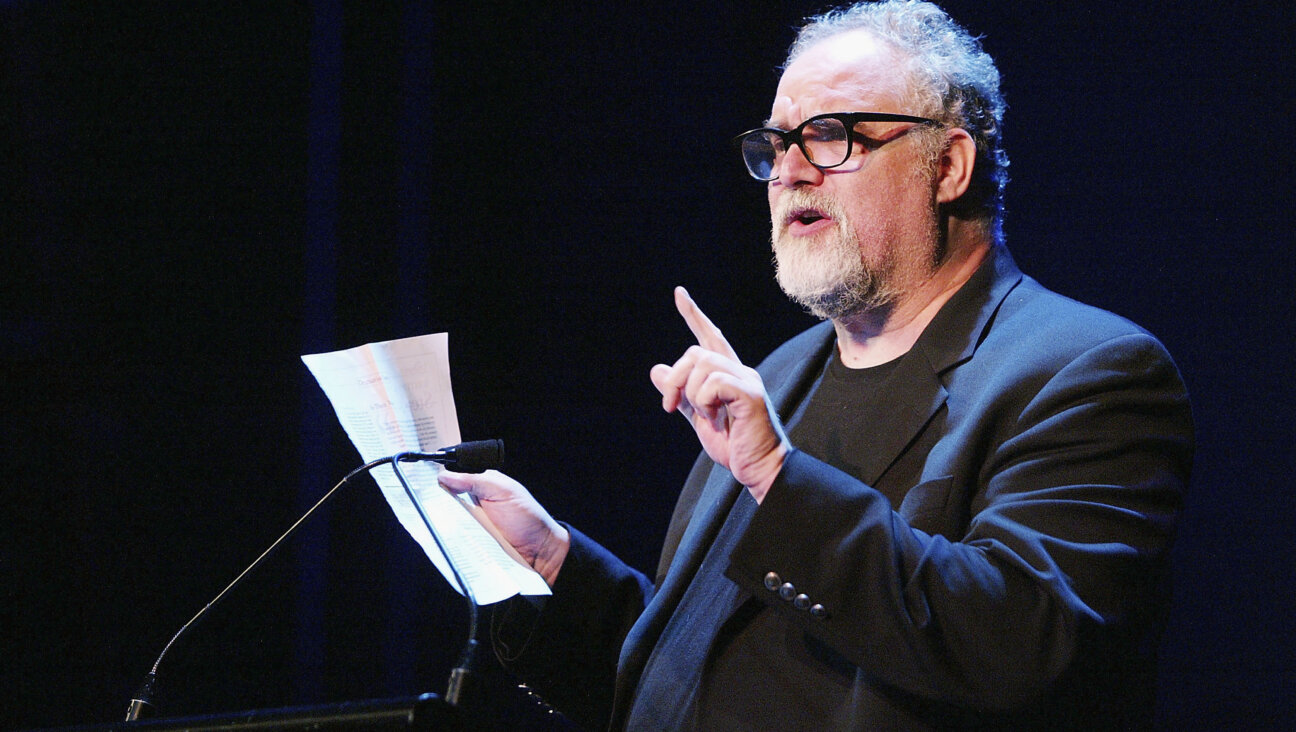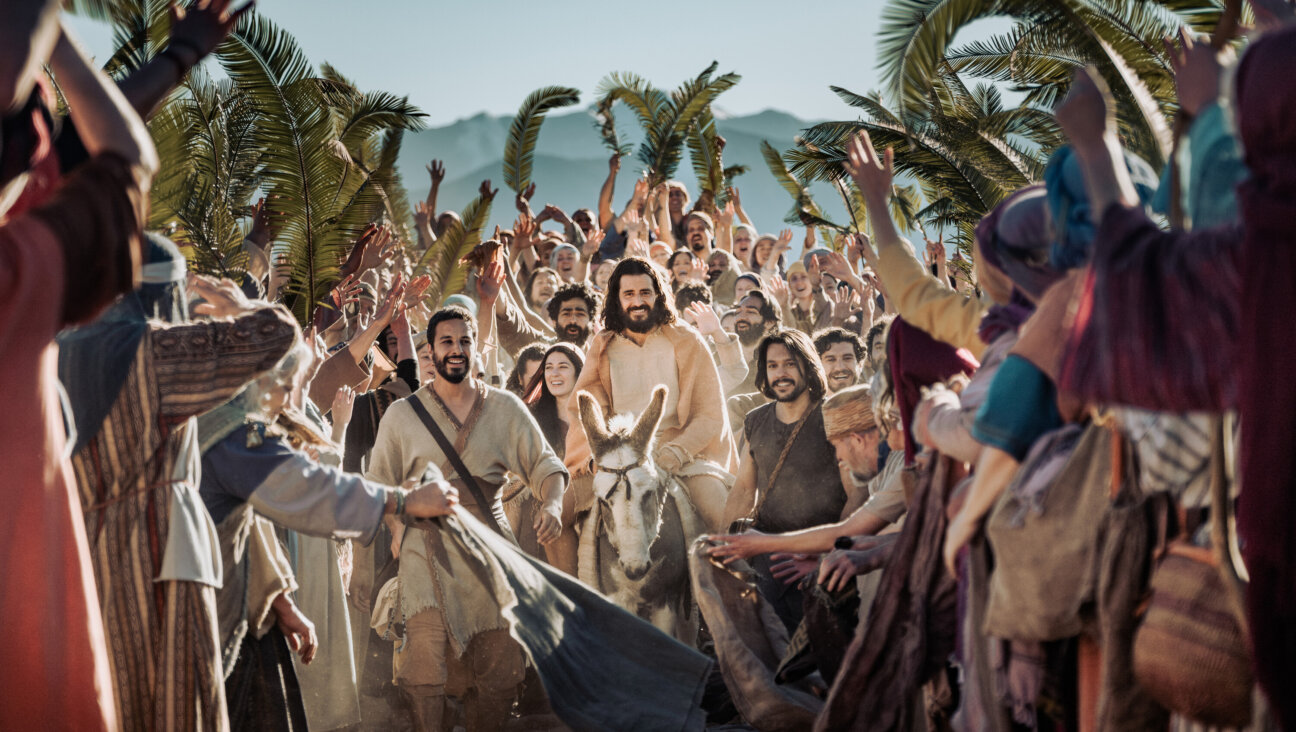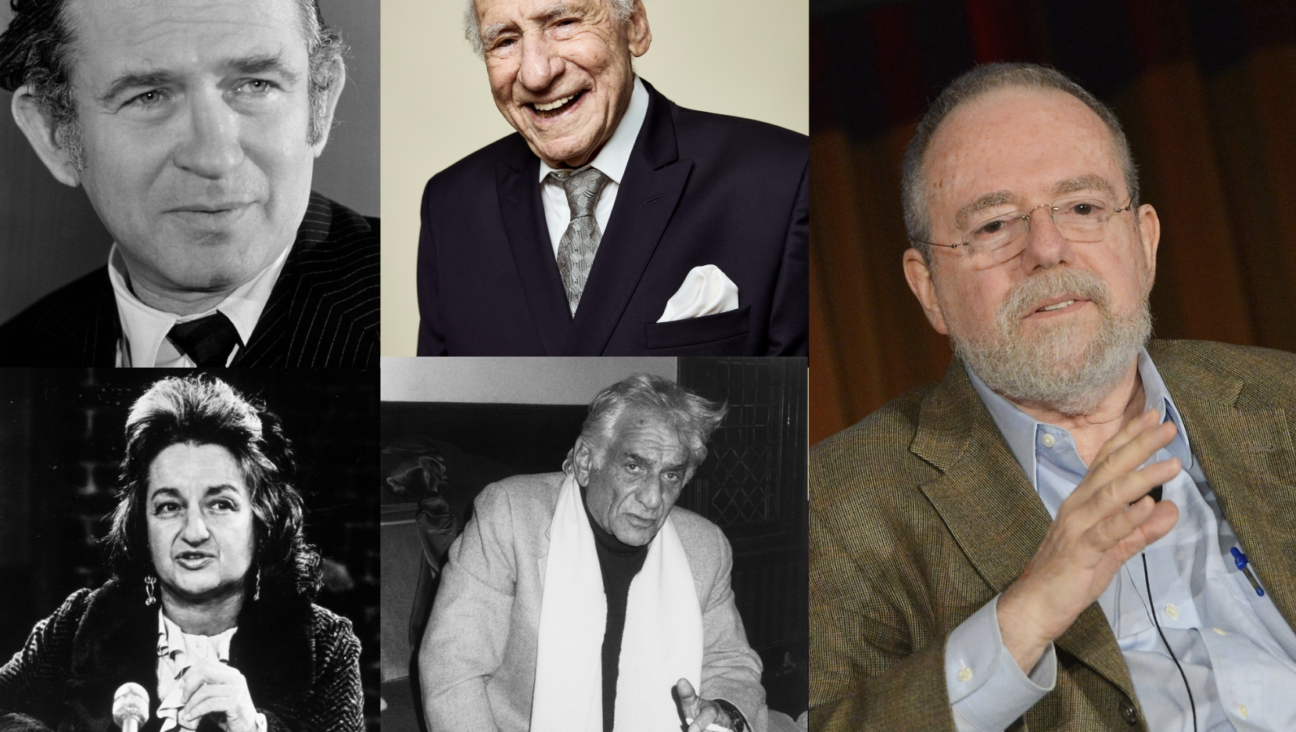How ‘The Trial of the Chicago 7’ gets history wrong

Fact Meets Fictionalization: The real-life Chicago 8 meets the actors who played them. Image by Courtesy of Jeremy Paul Kagan
in 1987, I wrote and directed the film, “Conspiracy: The Trial of the Chicago 8,” which received an ACE award that year for best cable movie. I had initially been hired by CBS to make a TV movie based on the transcripts of this famous political trial, as earlier I had written and directed “Katherine,” a successful and controversial TV movie, which tracked the radicalization of a young woman during the late 60s. Abbie Hoffman, while still underground, wrote in the Village Voice that this was the best portrayal of the movement of that time. After CBS read my script, they thought it was too political and critical of the American government, and they decided to not make the movie. Years later, an article appeared in TV Guide about the best scripts never made and the first one mentioned was mine. I got a call from the new HBO that they wanted to make it.
In my research, I had traveled around the country meeting all the defendants and lawyers and videotaping them for hours, having them tell their experiences. When meeting the new HBO executives I insisted that I use video cameras, not film, and four of them, so that I could, for the very limited budget they gave me, still simultaneously weave the actors recreating the trial with the real documentary footage I had been able to find, so you could see what actually happened even when certain witnesses denied it; you could also see and hear the real people commenting on their experience as the trial proceeds. To my delight, many actors wanted to be in the movie including Elliot Gould, Martin Sheen, Robert Loggia, Peter Boyle, Carl Lumbly, Barry Miller, Michael Lembeck and Robert Carradine, and they all stayed on the set throughout the 12-day shoot because they were so into living the experience.
The judge was played by the great Yiddish actor David Opatoshu. On our first day of shooting, I noticed how at times, he was kind, and I reminded him that Judge Hoffman despised these defendants and lawyers. David then said to me, “If I get ‘nice,’ just say the word “Yekke.”
Yekke?
He explained that the German immigrants to Israel regarded themselves as superior to Jews from other countries and to prove it they wore jackets in the heat as a sign of their dominance. Hence, the Yiddish word for jacket – yekke. It worked. David turned mean. I also decided to have the viewer be the jury, so that when the judge or the lawyers or defendants address the jury, they look directly into the camera, at us the viewers.

Fact Meets Fictionalization: The real-life Chicago 8 meets the actors who played them. Image by Courtesy of Jeremy Paul Kagan
On the last day of shooting, I invited all the defendants to come to the set and Abbie Hoffman and Tom Hayden and Jerry Rubin began to disagree on how a moment had occurred. What was the truth? Did Jerry stand on the table or the floor when he Heil Hitler-ed the judge? I had the transcripts and the reporters’ articles and the interviews, all of which were the source of the script and scene. Tom then said: “Now this will be the history of what happened.” I asked him what he meant and he responded that this film would supersede the written accounts in newspapers and books. History gets rewritten and, in our time, re-filmed.
Which brings me to the new film “The Trial of The Chicago 7.” Aaron Sorkin is a gifted director and brilliant writer, but I am concerned that the generations who did not live through this time will now think of this version as what happened. And it wasn’t and isn’t. It is an interpretation.
In my opinion, the new film does not do justice to the intense moral passion, irreverent humor and visceral dedication of these defendants and their lawyers. And in some cases that passion came from their roots — in Abbie’s case, his Jewish heritage. The last scene in the new film has Tom Hayden read the names of the dead. While this works as effective narrative cinema, it was David Dellinger who read the names, as shown in my film. It was also earlier in the trial — on a day when the whole country was protesting the war, and he read the names of the Vietnamese as well as Americans who had died, as these defendants all knew this war was unnecessarily killing people on both sides.
When making my movie, the most dramatic moment of the trial was when Bobby Seale was bound and gagged, which happened twice on the same day, and only once in Sorkin’s version. All through it, Bobby continued to struggle to speak even when gagged, demanding his right to defend himself. In the new film, Bobby is quiet after being gagged. But in truth, as he himself says in my movie, he refused to submit and was therefore removed from the trial, hence the subsequent title, “The Trial of the Chicago 7.”

Co-Conspirators: The cast of Jeremy Kagan’s film “Conspiracy: The Trial of the Chicago 8.” Image by Courtesy of Jeremy Paul Kagan
As a Jewish filmmaker who has made such films as “The Chosen,” “Crown Heights” and “Golda’s Balcony,” I related strongly to many of the Jewish participants in the trial including defense lawyers William Kunstler and Leonard Weinglass, and poet Allen Ginsberg, and to the quote of Chicago Mayor Richard J. Daley attacking Senator Ribicoff, “F-ck you, you Jew.” I made sure that moment and Ginsberg reading his poetry on the stand were in my movie. I grew up with a father who was a Reform rabbi who was continually motivating his congregants to acts of compassion and justice. No surprise how many Jews were outspoken opponents to the cruelty and injustice of that time.
I understand that creative and interpretive choices are always made when we make historical films, but hopefully this new film’s audience, and those who see my version that plays on Amazon Prime and Vimeo, will be reminded of the courage it takes to stand up and speak truth to power. As Abbie says in my movie, quoted from the transcripts, “When the laws are tyranny, the only order is disrespect, and that’s what all people of free will, will show.” The last words in my movie are from Weinglass, who paraphrases the Jewish sages, saying: “Dedication to principle is the basis on which a life should be built.”
Jeremy Paul Kagan’s films include “Conspiracy: The Trial of the Chicago 8,” “Golda’s Balcony,” “The Chosen,” “Crown Heights” and “The Big Fix.”























